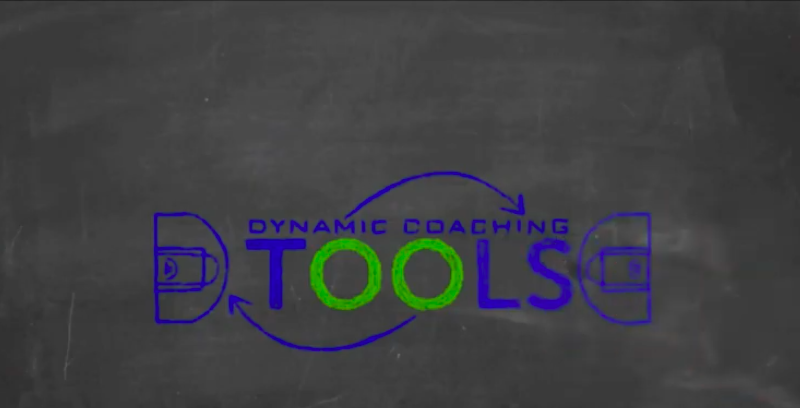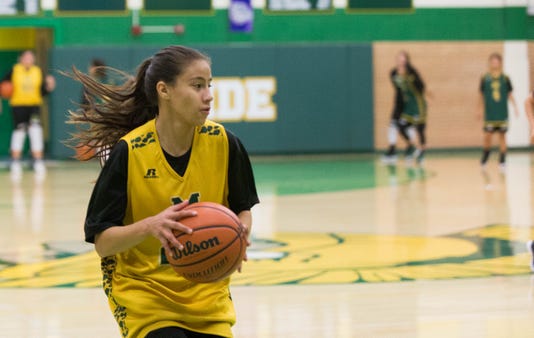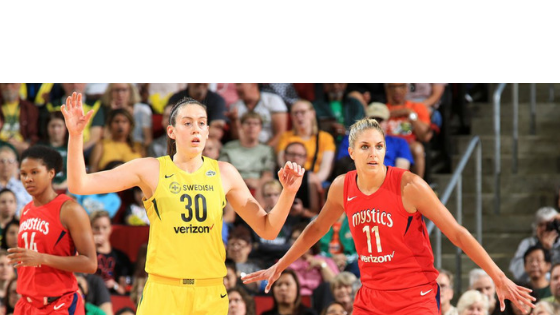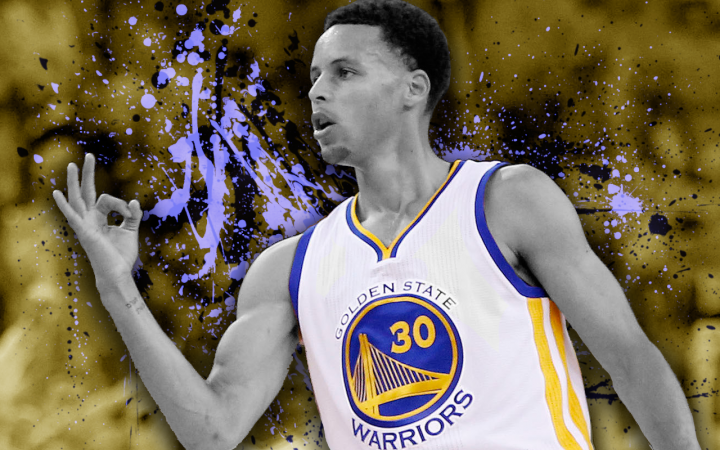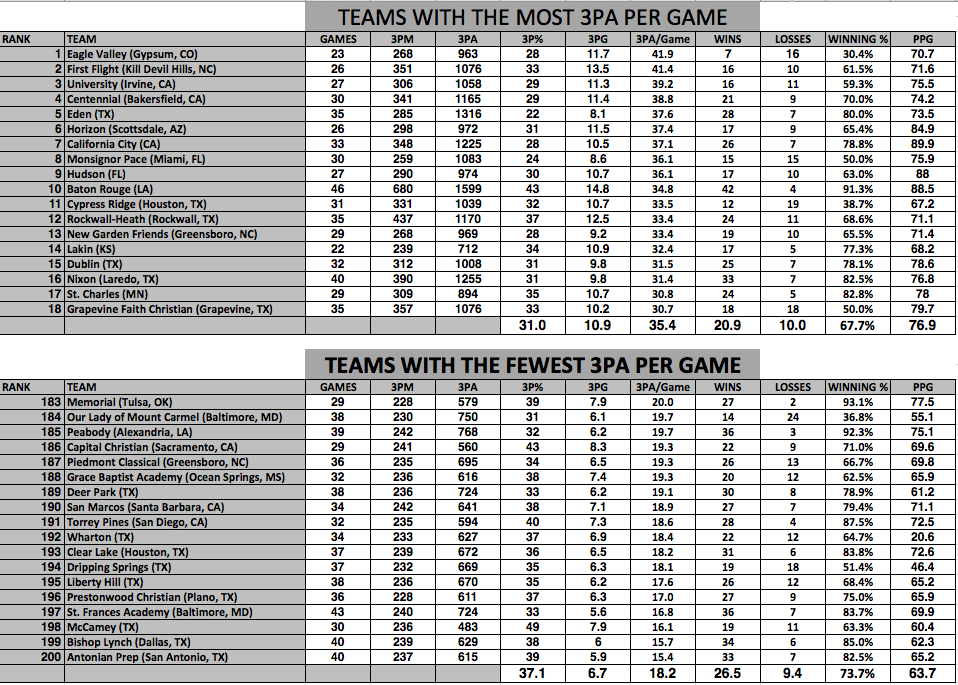DCT | Chalk Talk | Episode 1
We are excited to launch our “CHALK TALK” series, which will feature different basketball Xs and Os, that we believe can help your team. In Episode 1, we are sharing our favorite zone set from this past season. Take a look at “Aggie,” from the Texas A&M women’s basketball team, which we used to score numerous baskets with our program.
Let us know what you think about this set. We look forward to sharing more great X’s and O’s, every time that we get together for some “CHALK TALK.”

